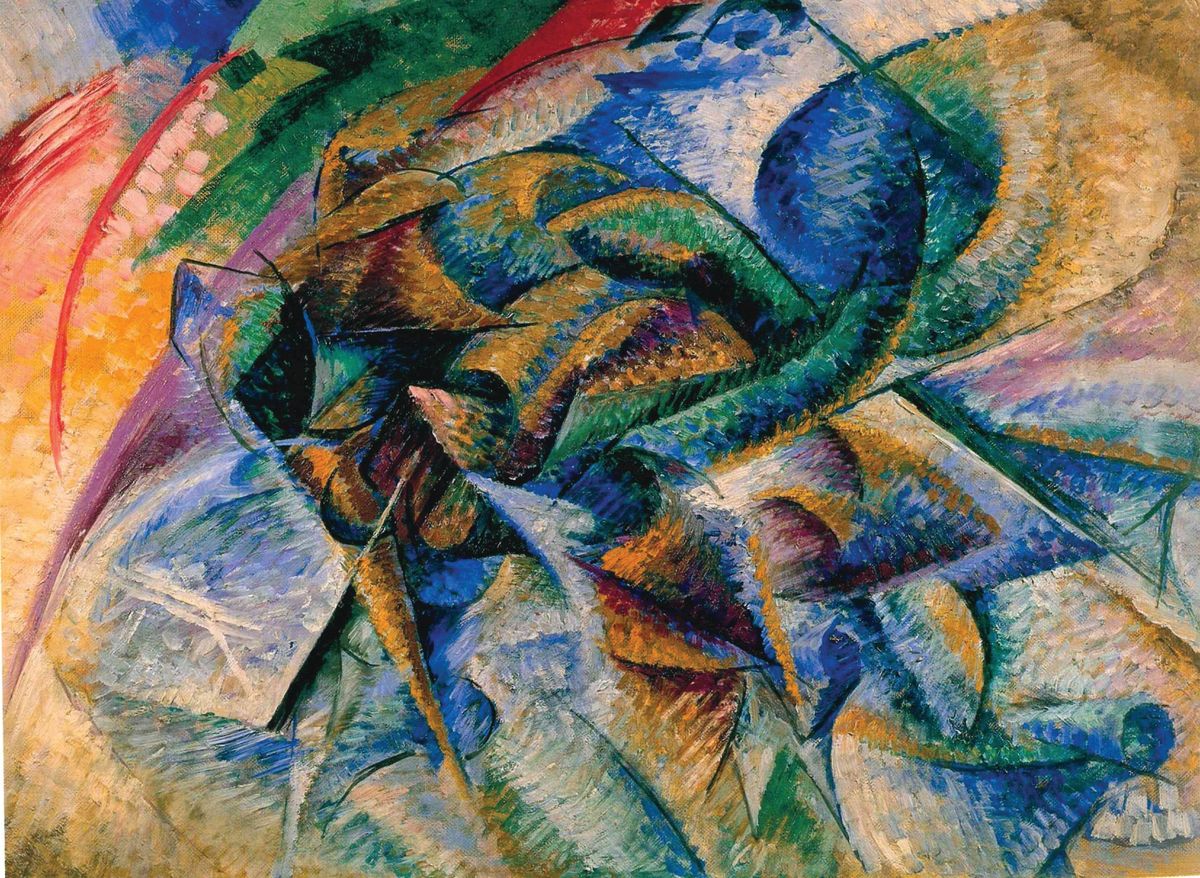The Museo del Novecento has beaten the Pinacoteca di Brera, its larger neighbour 15 minute’s walk across Milan, to secure the world’s most important private collection of Futurist art. Valued at €143m, the Mattioli collection features 26 works by artists including Boccioni, Balla, Carrà, Depero, Morandi and Modigliani. Together with the Novecento’s current body of 35 Futurist pieces, it will form what experts have described as an unrivalled collection dedicated to the artistic movement.
Created by the businessman Gianni Mattioli in the decade following the Second World War, the collection includes landmark works such as a version of Balla’s Mercury Passing Before the Sun (1914) and was declared “indivisible and unique” by the Italian state in 1973. The collection was displayed at the Peggy Guggenheim Museum in Venice from 1997 to 2015 and was recently on show at the State Russian Museum in St Petersburg. In the latest deal announced in September, it will be made available to the city-run Novecento on a free, five-year renewable loan starting next spring.
Italian media presented the news as a bitter blow to the state-run Brera gallery. Palazzo Citterio—an 18th-century building acquired by the state in 1972 to house Brera’s 20th-century works—had long been seen as the natural home for the collection. The newspaper Corriere della Sera speculated as early as 1975 that the Mattioli collection was destined for the building. In 2017, Brera formally announced that the works would be displayed at the Citterio, then due to open the following year.

Il Cavallo Bianco (the white horse, 1919) by the Futurist painter, sculptor and designer Mario Sironi. Photo: Museo del Novecento di Milano.
However, persistent delays have ultimately undermined those plans. After a €23m renovation was completed in 2018 following numerous setbacks, James Bradburne, the Brera’s director, proposed a number of modifications. Alberto Bonisoli, the culture minister at the time, accepted the proposals, but he was soon replaced following a change of government. Bradburne was forced to resubmit his plans, which were finally approved in January 2021. The Citterio is now scheduled to open next year.
Meanwhile, talks between the Novecento and Giacomo Rossi, the grandson of Mattioli and current owner of the collection, began at the start of this summer, Anna Maria Montaldo, the director of the Museo del Novecento, tells The Art Newspaper. Montaldo consulted Bradburne on the plans, and “conversations were cordial and conducted with utter respect”, Montaldo says. “[Bradburne] assessed the situation with great lucidity. He knew he could not secure the Mattioli collection by the end of his mandate,” she adds.
The collection will make the Novecento “undoubtedly the most important centre for Futurist art anywhere in the world”, Montaldo says. Asked whether the five-year loan may be extended indefinitely, she replied: “Milan is the hotbed where Futurist art was forged. Fate will decide the collection’s future, but the owner is very open to talks”.
After a major reorganisation conducted during lockdown, the museum reopened on 1 October. Works from the Mattioli collection will be mixed with those already on display, with gallery space to be reclaimed with further reordering and by placing some works in storage. Scheduled to open in 2026, a newly renovated tower at the museum’s Palazzo Arengario site will allow for further expansion of the collection.


